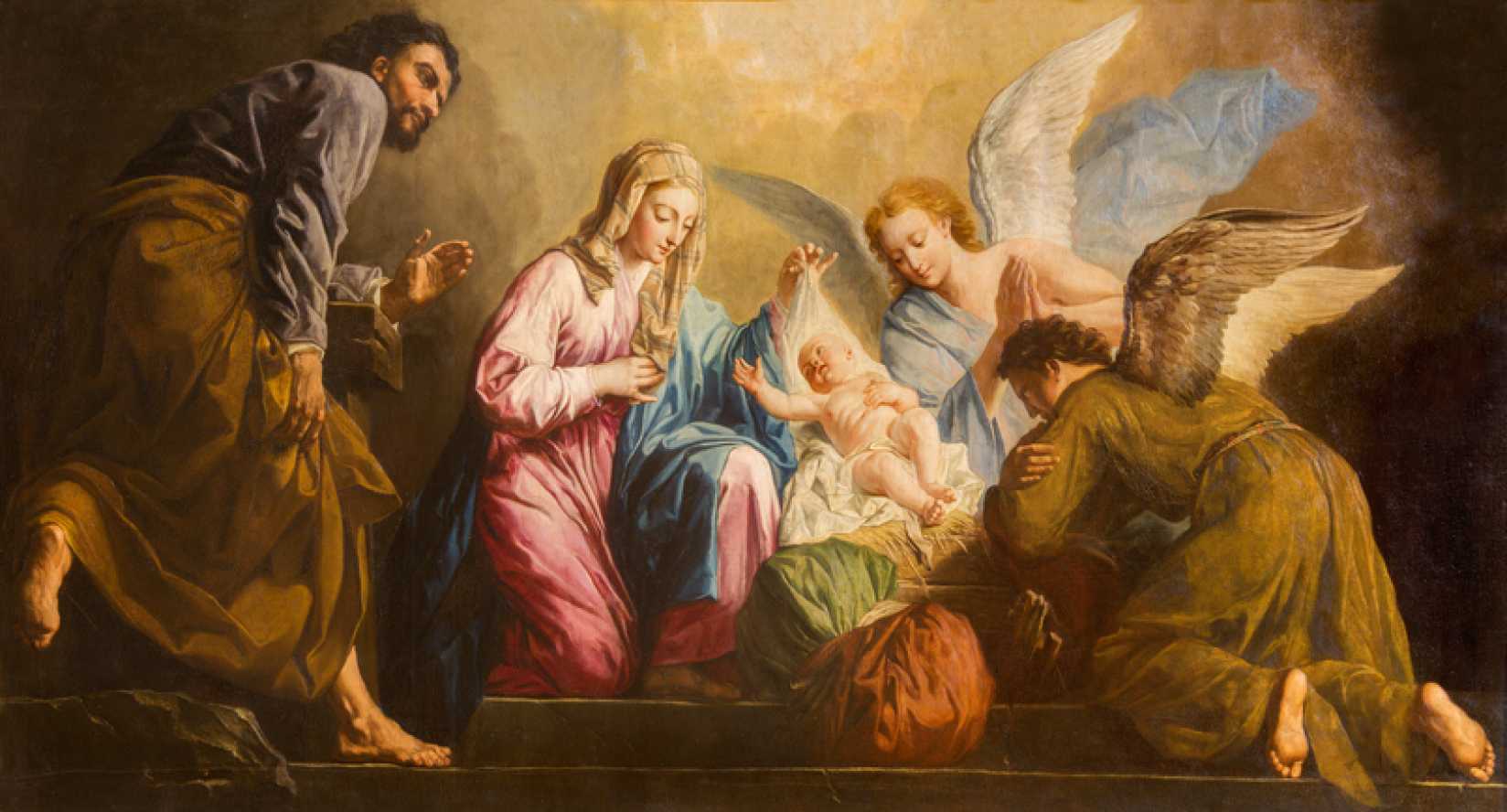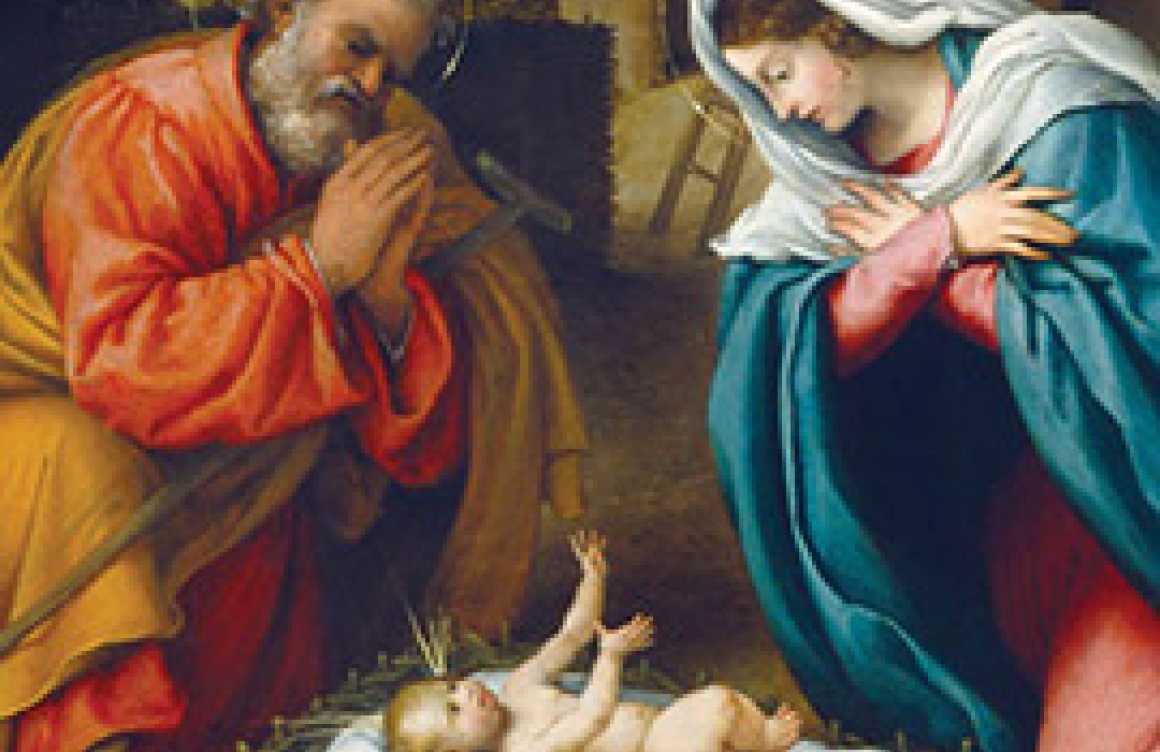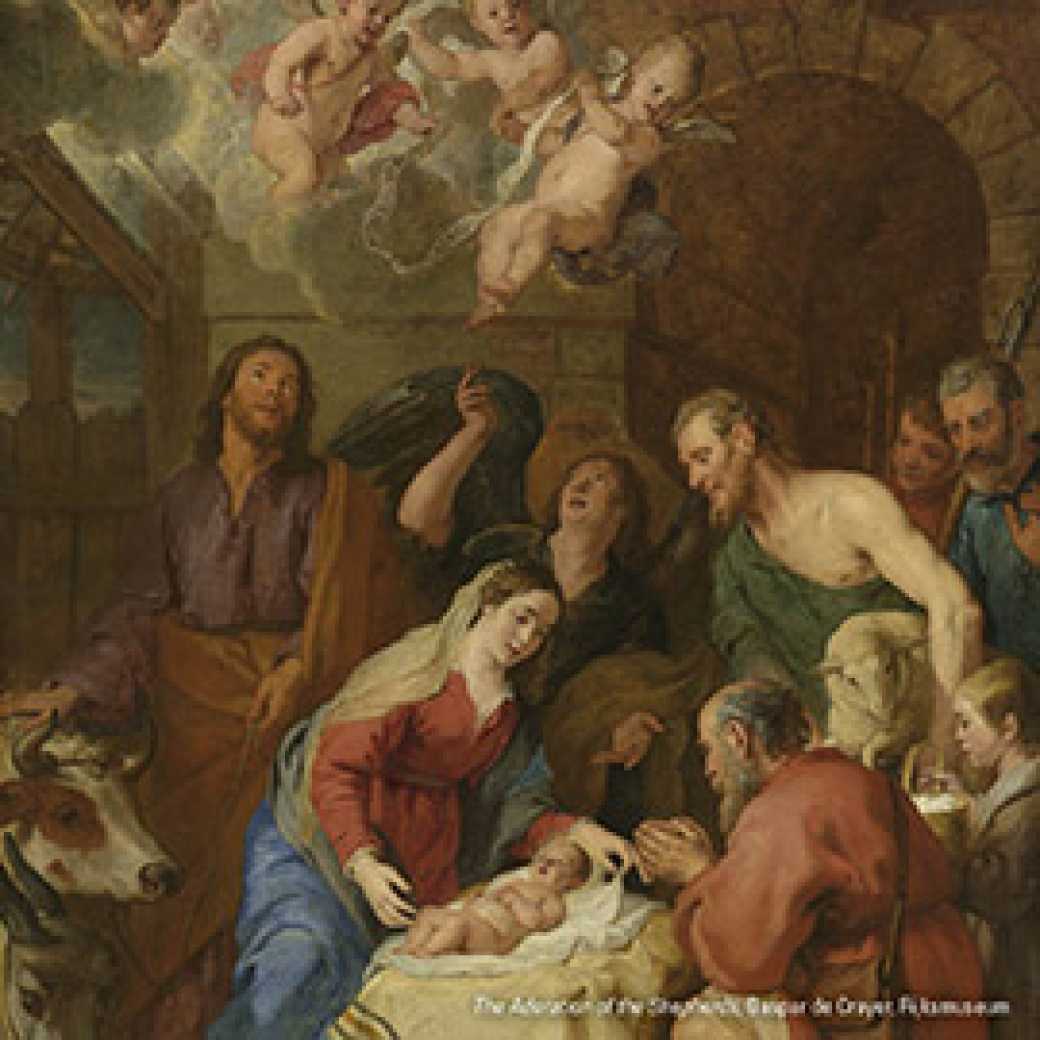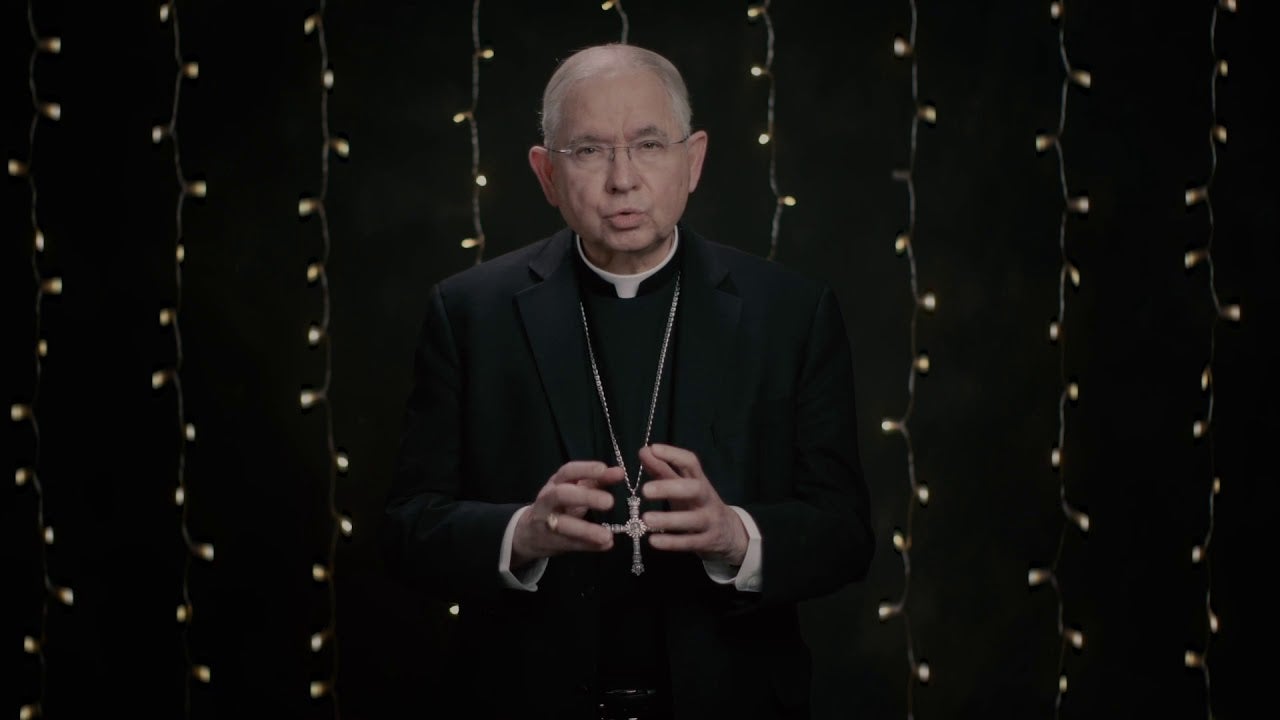Christmas
December 25, 2023 - January 8, 2024

Christmas is one of the most important days of the Church year, second only to Easter itself. Celebrating the birth of the Lord Jesus Christ, it is the culmination of the mystery of the incarnation, the feast of God becoming flesh (the Latin "in carne" means "enfleshment"). It is a uniquely Christian teaching, the Divine choosing to become one of us. Because of this belief, God is not only Transcendent, but also wholly Immanent, Emmanuel (God-with-us). While remaining Transcendent (meaning we must rise above our present condition to reach Him), He is at the same time Immanent (meaning He is with us as we rise toward Him). Every Eucharist is like Christmas where the bread and wine are transformed into His flesh, His Body and Blood, and, in a sense, He is born anew on the altar.
The liturgical season of Christmas begins with the vigil Masses on Christmas Eve and concludes on the Feast of the Baptism of the Lord. During this season, we celebrate the birth of Christ into our world and into our hearts and reflect on the gift of salvation that is born with him, including the fact that he was born to die for us.
The Christmas tree and the Nativity scene are popular symbols of the season and a tradition in many Christian homes. It is also traditional to exchange Christmas gifts with family and friends to honor God the Father's gift of his only son to the world. Having received the gift of Christ, we naturally want to pass that gift along to our loved ones.
Below, you will find links to blessings and other content to help you celebrate this season of joy and hope for salvation.

The Christmas Infancy Narrative
Download this PDF resource to use at your parish or school to reflect on the story of Christ's birth at Christmas.
DownloadLiturgical Notes for Christmas
Liturgical Colors
The normal liturgical color for Christmas is white, but the General Instruction of the Roman Missal also states in n. 346:
- g) On more solemn days, festive, that is, more precious, sacred vestments may be used even if not of the color of the day.
- h) The colors gold or silver may be worn on more solemn occasions in the Dioceses of the United States of America.
These liturgical colors draw the parallel between the liturgical Times of Christmas and Easter, the two most important Times around which the Church Year turns.
Universal Norms
From Universal Norms on the Liturgical Year and the General Roman Calendar:
- 32. After the annual celebration of the Paschal Mystery, the Church has no more ancient custom than celebrating the memorial of the Nativity of the Lord and of his first manifestations, and this takes place in Christmas Time.
- 33. Christmas Time runs from First Vespers (Evening Prayer I) of the Nativity of the Lord up to and including the Sunday after Epiphany or after January 6.
- 34. The Vigil Mass of the Nativity is used on the evening of December 24, either before or after First.

“Do not be afraid, Mary, for you have found favor with God. Behold, you will conceive in your womb and bear a son, and you shall name him Jesus. He will be great and will be called Son of the Most High."

